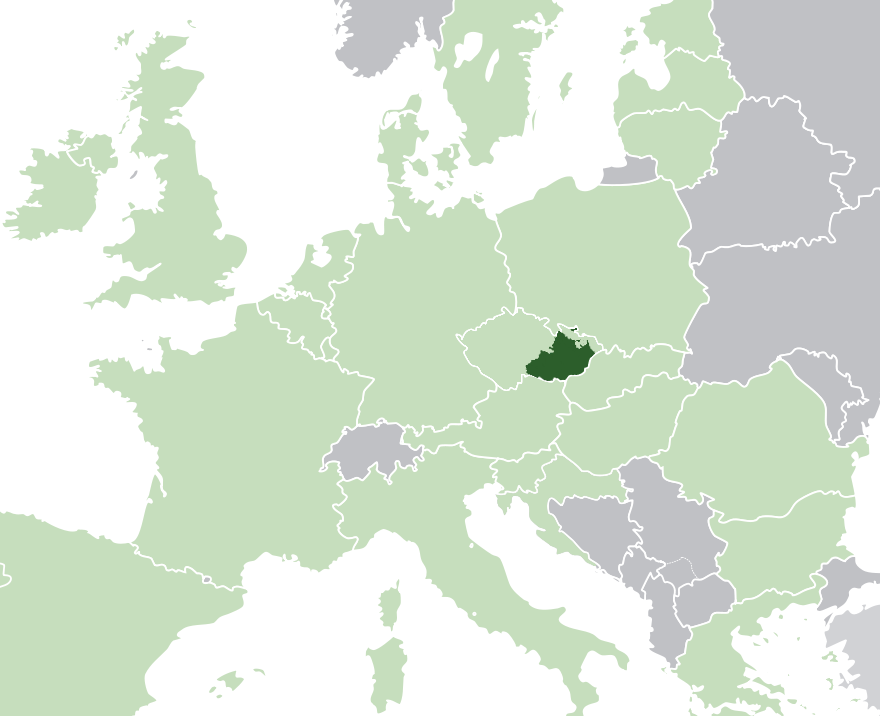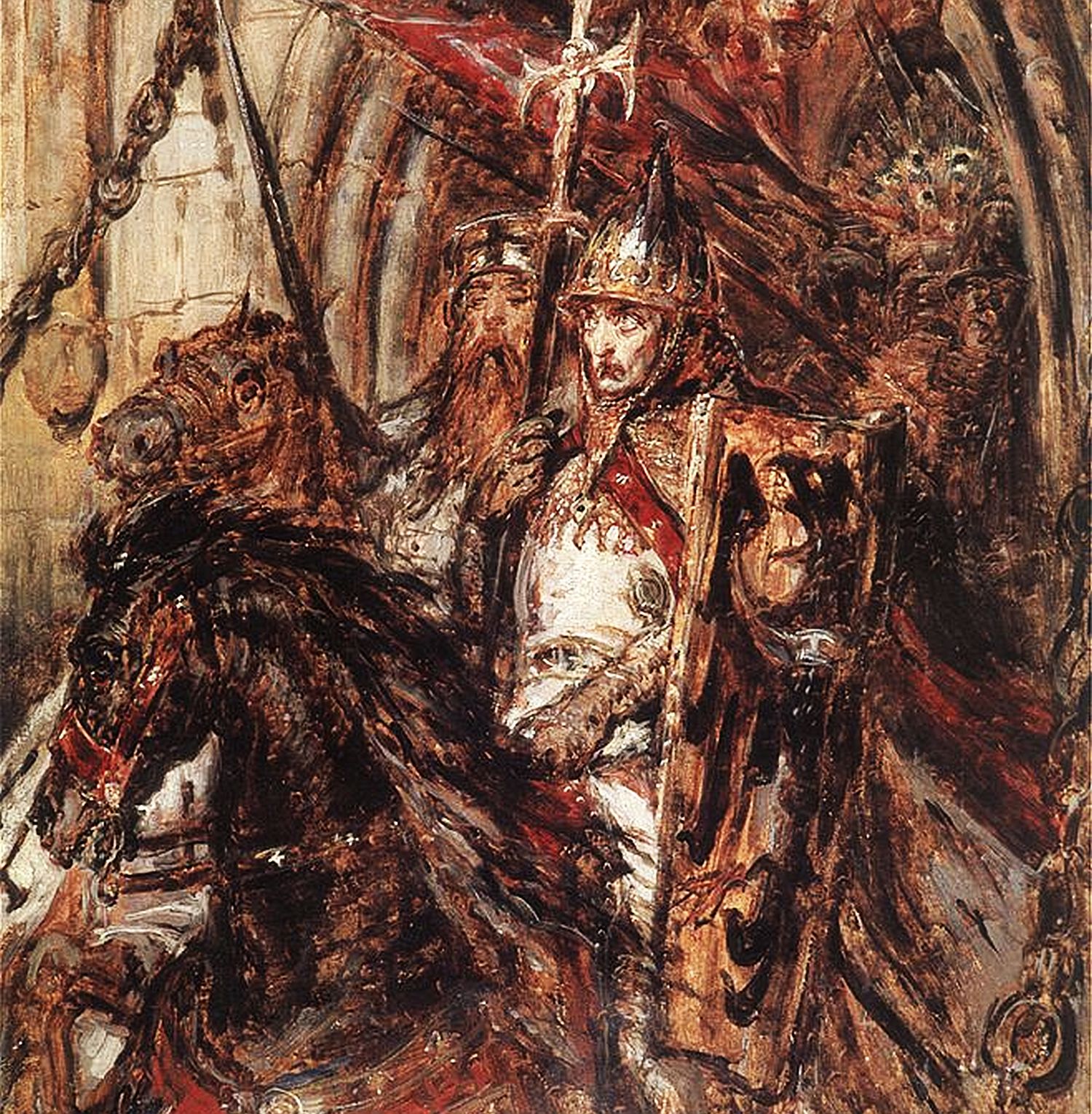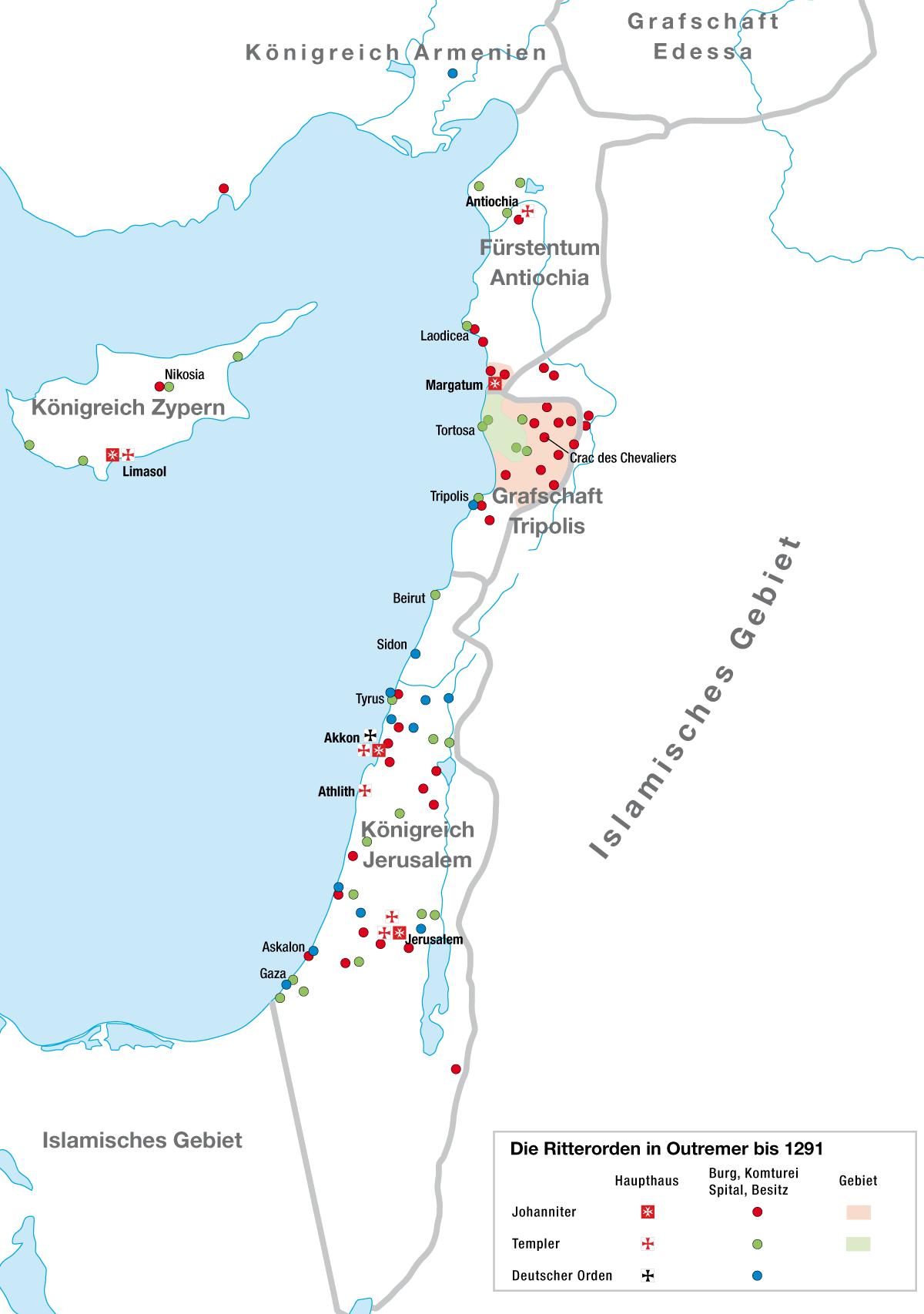|
Battle Of Legnica
The Battle of Legnica (), also known as the Battle of Liegnitz () or Battle of Wahlstatt (), was fought between the Mongol Empire and combined European forces at the village of Legnickie Pole (''Wahlstatt''), approximately southeast of the city of Legnica in the Duchy of Silesia on 9 April 1241. A combined force of Poles and Moravians under the command of Duke Henry II the Pious of Silesia, supported by feudal nobility and a few knights from military orders sent by Pope Gregory IX, attempted to halt the Mongol invasion of Poland. The battle took place two days before the Mongol victory over the Hungarians at the much larger Battle of Mohi. Historical disputations As with many historical battles, the exact details of force composition, tactics, and the actual course of the battle are lacking and sometimes contradictory. The general historical view is that it was a crushing defeat for the Polish and Moravian forces where they suffered heavy casualties. One of the Mong ... [...More Info...] [...Related Items...] OR: [Wikipedia] [Google] [Baidu] |
First Mongol Invasion Of Poland
The Mongol invasion of Poland from late 1240 to 1241 culminated in the Battle of Legnica, where the Mongols defeated an alliance which included forces from Testament of Bolesław III Wrymouth, fragmented Poland and their allies, led by Henry II the Pious, the Duke of Silesia and High Duke of Poland. The first invasion's intention was to secure the flank of the main Mongolian army attacking the Kingdom of Hungary. The Mongols neutralized any potential help to King Béla IV of Hungary, Béla IV being provided by the Poles or any military orders. Background The Mongol invasion of Europe, Mongols invaded Europe with three armies. One of the three armies was tasked with distracting Poland, before joining the main Mongol force invading Hungary. The Mongol general in charge, Subutai, did not want the Polish forces to be able to threaten his flank during the primary invasion of Hungary. Thus, the Mongol goal was to use a small detachment to prevent the Poles from assisting Hungary un ... [...More Info...] [...Related Items...] OR: [Wikipedia] [Google] [Baidu] |
Moravian People
Moravians ( or colloquially , outdated ) are a West Slavic ethnic group from the Moravia region of the Czech Republic, who speak the Moravian dialects of Czech or Common Czech or a mixed form of both. Along with the Silesians of the Czech Republic, a part of the population to identify ethnically as Moravian has registered in Czech censuses since 1991. The figure has fluctuated and in the 2011 census, 6.01% of the Czech population declared Moravian as their ethnicity. Smaller pockets of people declaring Moravian ethnicity are also native to neighboring Slovakia. Etymology A certain ambiguity in Czech derives from the fact that it distinguishes between (Bohemia proper) and (Czech Republic as a whole), but the corresponding adjective and noun designating an inhabitant and/or a member of a nation can be related to either of them. The adjective and the noun ('Bohemian') carry only the meaning of a "socially unconventional person". History Moravian tribe The Morav ... [...More Info...] [...Related Items...] OR: [Wikipedia] [Google] [Baidu] |
Feint
Feint, a French term that entered English via the discipline of swordsmanship and fencing, is a maneuver designed to distract or mislead. A feint is achieved by giving the impression that a certain maneuver will take place, while in fact another, or even none, will. In military tactics and many types of combat, there are two types of feints: feint attacks and feint retreats. Attacks A feint attack is designed to draw defensive action towards the point under assault. It is usually used as a diversion to force the enemy to concentrate more manpower in a given area, to weaken the opposing force in another area. Unlike a related diversionary maneuver, the demonstration, a feint involves actual contact with the enemy. Retreats A feint retreat, or feigned retreat, is performed by briefly engaging the enemy, then retreating. It is intended to draw the enemy pursuit into a prepared ambush, or to cause disarray. For example, the Battle of Hastings was lost when Saxons pursued the Norm ... [...More Info...] [...Related Items...] OR: [Wikipedia] [Google] [Baidu] |
Mongol Invasion Of Europe
From the 1220s to the 1240s, the Mongol Empire, Mongols conquered the Turkic peoples, Turkic states of Volga Bulgaria, Cumania and Iranian peoples, Iranian state of Alania, and various principalities in Eastern Europe. Following this, they began their invasion into Central Europe by launching a two-pronged invasion of History of Poland during the Piast dynasty, then-fragmented Poland, culminating in the Battle of Legnica (9 April 1241), and the Kingdom of Hungary (1000–1301), Kingdom of Hungary, culminating in the Battle of Mohi (11 April 1241). Invasions were also launched into the Caucasus against the Kingdom of Georgia, the Chechens, the Ingush people, Ingush, and Circassia though they Mongol invasion of Circassia, failed to fully subjugate the latter. More invasions were launched in Southeast Europe against Second Bulgarian Empire, Bulgaria, Croatia in personal union with Hungary, Croatia, and the Latin Empire. The operations were planned by General Subutai (1175–1248) and ... [...More Info...] [...Related Items...] OR: [Wikipedia] [Google] [Baidu] |
Batu Khan
Batu Khan (–1255) was a Mongol ruler and founder of the Golden Horde, a constituent of the Mongol Empire established after Genghis Khan's demise. Batu was a son of Jochi, thus a grandson of Genghis Khan. His '' ulus'' ruled over the Kievan Rus', Volga Bulgaria, Cumania, and the Caucasus for around 250 years. Personality and appearance According to Giovanni da Pian del Carpine, Batu was "kind enough to his own people, but he is greatly feared by them. He is, however, most cruel in fight; he is very shrewd and extremely crafty in warfare, for he has been waging war for a long time." He received the nickname of сайн (), by which he was referred to by Marco Polo. William of Rubruck described him as about the height of his lord John de Beaumont and as having his entire face covered with reddish spots. Early years After his son Jochi's death, Genghis Khan assigned Jochi's appanages to his sons. The Great Khan installed Batu as Khan of the Golden Horde (also known as t ... [...More Info...] [...Related Items...] OR: [Wikipedia] [Google] [Baidu] |
Béla IV Of Hungary
Béla IV (1206 – 3 May 1270) was King of Hungary and King of Croatia, Croatia between 1235 and 1270, and Duke of Styria from 1254 to 1258. As the oldest son of Andrew II of Hungary, King Andrew II, he was crowned upon the initiative of a group of influential noblemen in his father's lifetime in 1214. His father, who strongly opposed Béla's coronation, refused to give him a province to rule until 1220. In this year, Béla was appointed Duke of Slavonia, also with jurisdiction in Croatia and Dalmatia. Around the same time, Béla married Maria Laskarina, Maria, a daughter of Theodore I Laskaris, Emperor of Nicaea. From 1226, he governed Transylvania as Duke of Transylvania, duke. He supported Christian missions among the pagan Cumans who dwelled in the plains to the east of his province. Some Cuman chieftains acknowledged his suzerainty and he adopted the title of King of Cumania in 1233. King Andrew died on 21 September 1235 and Béla succeeded him. He attempted to restore royal ... [...More Info...] [...Related Items...] OR: [Wikipedia] [Google] [Baidu] |
Cumans
The Cumans or Kumans were a Turkic people, Turkic nomadic people from Central Asia comprising the western branch of the Cumania, Cuman–Kipchak confederation who spoke the Cuman language. They are referred to as Polovtsians (''Polovtsy'') in Rus' chronicles, as "Cumans" in Western sources, and as "Kipchaks" in Eastern sources. Related to the Pecheneg, they inhabited a shifting area north of the Black Sea and along the Volga River known as Cumania, from which the Cuman–Kipchaks meddled in the politics of the Caucasus and the Khwarazmian Empire. The Cumans were fierce and formidable nomadic warriors of the Eurasian Steppe who exerted an enduring influence on the medieval Balkans. They were numerous, culturally sophisticated, and militarily powerful. Many eventually settled west of the Black Sea, influencing the politics of Kievan Rus', the Kingdom of Galicia–Volhynia, Galicia–Volhynia Principality, the Golden Horde Khanate, the Second Bulgarian Empire, the Kingdom of Serbia ... [...More Info...] [...Related Items...] OR: [Wikipedia] [Google] [Baidu] |
Kaidu
Kaidu (; Middle Mongol: , Modern Mongol: , ''Khaidu'' ; c. 1235 – 1301) was a grandson of the Mongol khagan Ögedei (1185–1241) and thus leader of the House of Ögedei and the '' de facto'' khan of the Chagatai Khanate, a division of the Mongol Empire. He ruled parts of modern-day Xinjiang and Central Asia during the 13th century, and actively opposed his cousin, Kublai, who established the Yuan dynasty. Medieval chroniclers often mistranslated Kadan as Kaidu, mistakenly placing Kaidu at the Battle of Legnica. Kadan was the brother of Güyük, and Kaidu's uncle. Chambers, James. ''The Devil's Horsemen: The Mongol Invasion of Europe''. Atheneum. New York. 1979. Early life Kaidu was born in c. 1235 during the reign of his grandfather, the Great Khan Ögedei. Kaidu was the posthumous son of the Mongol Prince Kashin, who was himself the 4th son of Ögedei and his chief consort, the Great Khatun Töregene, and thus a vital part of the House of Ögedei even in his earl ... [...More Info...] [...Related Items...] OR: [Wikipedia] [Google] [Baidu] |
Battle Of Mohi
The Battle of Mohi (11 April 1241) was a pivotal conflict between the Mongol Empire and the Kingdom of Hungary during the Mongol invasion of Europe. The battle took place at Muhi (then Mohi), a town located in present-day Hungary, southwest of the Sajó River. The Mongol Empire, led by Batu Khan, sought to expand its territories into Europe, while the Kingdom of Hungary, led by King Béla IV, aimed to protect its borders. The battle resulted in a victory for the Mongols, who destroyed the Hungarian royal army at a heavy cost which contributed to the decision to halt the campaign. This defeat marked a significant turning point in Hungarian history, marking a shift in the balance of power in eastern Europe. The Mongols' victory led to a period of rebuilding and reorganization in Hungary, while also influencing the development of European politics and culture. The battle is considered one of the most important events in Hungarian history, with far-reaching consequences for the re ... [...More Info...] [...Related Items...] OR: [Wikipedia] [Google] [Baidu] |
Kingdom Of Hungary
The Kingdom of Hungary was a monarchy in Central Europe that existed for nearly a millennium, from 1000 to 1946 and was a key part of the Habsburg monarchy from 1526-1918. The Principality of Hungary emerged as a Christian kingdom upon the Coronation of the Hungarian monarch, coronation of the first king Stephen I of Hungary, Stephen I at Esztergom around the year 1000;Kristó Gyula – Barta János – Gergely Jenő: Magyarország története előidőktől 2000-ig (History of Hungary from the prehistory to 2000), Pannonica Kiadó, Budapest, 2002, , pp. 37, 113, 678 ("Magyarország a 12. század második felére jelentős európai tényezővé, középhatalommá vált."/"By the 12th century Hungary became an important European factor, became a middle power.", "A Nyugat részévé vált Magyarország.../Hungary became part of the West"), pp. 616–644 his family (the Árpád dynasty) led the monarchy for 300 years. By the 12th century, the kingdom became a European power. Du ... [...More Info...] [...Related Items...] OR: [Wikipedia] [Google] [Baidu] |
Pope Gregory IX
Pope Gregory IX (; born Ugolino di Conti; 1145 – 22 August 1241) was head of the Catholic Church and the ruler of the Papal States from 19 March 1227 until his death in 1241. He is known for issuing the '' Decretales'' and instituting the Papal Inquisition, in response to the failures of the episcopal inquisitions established during the time of Pope Lucius III, by means of the papal bull '' Ad abolendam'', issued in 1184. He worked initially as a cardinal, and after becoming the successor of Honorius III, he fully inherited the traditions of Gregory VII and of his own cousin Innocent III, and zealously continued their policy of papal supremacy. Early life and education Ugolino (Hugh) was born in Anagni near Rome. The date of his birth varies in sources between and 1170. He is said to have been "in his nineties, if not nearly one hundred years old" at his death. He received his education at the Universities of Paris and Bologna. He was created Cardinal-Deacon of the c ... [...More Info...] [...Related Items...] OR: [Wikipedia] [Google] [Baidu] |
Military Order (society)
A military order () is a Christianity, Christian religious society of Knight, knights. The original military orders were the Knights Templar, the Knights Hospitaller, the Order of the Holy Sepulchre (Catholic), Order of the Holy Sepulchre, the Order of Santiago, Order of Saint James, the Order of Calatrava, and the Teutonic Order, Teutonic Knights. They arose in the Middle Ages in association with the Crusades - in the Holy Land, the Baltic states, Baltics, and the Iberian Peninsula, Iberian peninsula; their members being initially dedicated to the protection of Christians , Christian pilgrims, and eventually to the defence of the Crusader states and the conquest of non-Christian or even non-Western Christianity , Catholic lands. They are the predecessors of Order of chivalry, chivalric orders. Most members of military orders were Laity, laymen who took religious vows, such as of Evangelical counsels, poverty, chastity, and obedience, according to Monasticism, monastic ideals. T ... [...More Info...] [...Related Items...] OR: [Wikipedia] [Google] [Baidu] |






